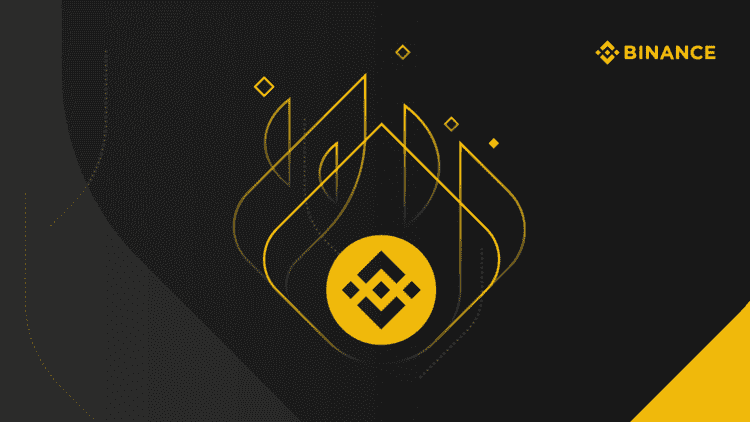There are two fundamental categories that token models can fit into, deflationary or inflationary tokens. On this latest series, Cryptonomics, GoonTrades will dive into the realm of deflationary tokens.
Deflationary Token Models
Crypto is transforming traditional finance as we know it; this is apparent with the rapid expansion of the De-Fi sector in the past 6-12 months. Many De-Fi projects’ main focus are their token models, and projects have begun to get very creative. There are two fundamental categories that token models can fit into, deflationary or inflationary tokens. We will dive into examples of both, but our focus will be on deflationary token models, which provide unique opportunities to long term holders.
What are Inflationary Assets/Tokens?
Many traditional Proof of Work (POW) and Proof of Stake (POS) tokes use an inflationary tokenomics structure to continue incentivizing miners and liquidity providers. This creates a critical system of incentivizing node operators or miners who validate the chain’s transactions. Simultaneously, inflationary tokens add supply to the market (as distributed in rewards) over time, diluting token holders shares. This scenario can be seen in BTC, where miners are rewarded 6.5 BTC every 10 minutes as compensation for verifying transactions onto the public ledger. While BTC is a scarce asset, as the total supply is 21 million, it is still an inflationary asset until the total supply is reached. Another prevalent example of an inflationary asset is the US dollar. The central bank has the freedom to continue “printing” (minting) excess dollars with no real supply cap. The key takeaway is that Inflationary tokens mint and distribute tokens for some time and have no systems to reduce the total supply.

Deflationary Tokens
This leaves us with deflationary tokens, which implement models where tokens are removed from the market over time. The term for the process that “eliminates” tokens from the market has been coined as token burns. Burns are executed through numerous different strategies, but the most common compose of the following:
–Buy-back and burn
–Burn on Transaction
Buy-Back and Burn
In this model, the company or entity in charge will participate in a buy-back of tokens from the public market and send them to a dead address, one that is inaccessible, therefore “burning” them. This system lowers the circulating supply through destroying tokens, driving value to the asset since demand remains the same and supply is reduced. This system is a bit comparable to a dividend, where a company distributes a portion of profits to shareholders. Both methods drive value to shareholders based on the governing body’s success, but they are executed differently. Many people struggle to wrap their head around how burning supply drives value to holders, but it is key to keep in mind that when supply is decreasing with a constant or increasing demand, price will increase. This tokenomics model is seen in most deflationary tokens, such as BNB, FTT, CRED (sort of), and PancakeSwap.

Binance Coin (BNB) is the native Binance Chain token which serves numerous functions revolving around Biance’s platfourms. This token has a quarterly buy-back and burn mechanism implemented in its model, making it one of the largest deflationary tokens. The latest quarterly burn done in October burned an equivalent of $68 million USD. This burn totaled 2,253,888 BNB, which was the highest burn amount denominated in fiat. The following chart below displays the steady growth of BNB’s quarterly burns. These burns remove about 1% of the circulating supply quartely, making BNB holders asset more scarce then before, ultimately driving value to these holders.

Burn On Transaction
While buy-back and burn tokenomics structures are typically executed manually, burn on transaction models generally are integrated into the contract. These deflationary tokens collect a tax on every on-chain transaction, of which a percentage is burned. This system is entirely dependent on a token’s volume, the more trading volume, the more tokens are removed from total supply. In turn, this burn drives value to token holders as tokens are continually being removed from circulation while demand remains constant and possibly increases.
For example, the THUGs token triggers a burn when a user sends, sells, adds, or removes liquidity. The THUGS token is an extreme example of a burn on transaction token, charging a large tax, but in turn, burning an extraordinary amount of tokens based on their variable burn rate. The transaction tax is allocated with; 51% going to a burn address and the other 49% going to a Thugs.Fi vault, to be used for future developments. For those interested in more info on the THUGS.Fi variable burn, check out my project review.
Another burn on transaction model present in the BSC can be seen in the JetFuel.Finance model. This is a 2% constant burn with half sent to a dead address and half allocated to JETS holders for rewards.
Both of these structures derive their % of supply burned from the tokens volume, making the burn represent the “performance” of a token. As previously mentioned, these burns also drive value to holders as it decreases the circulating supply..
Source : bsc.news

Founded in 2020, BSCNews is the leading media platform covering decentralized finance (DeFi) on the Binance Smart Chain (BSC). We cover a wide range of blockchain news revolving mainly around the DeFi sector of the crypto markets. BSCNews aims to inform, educate and share information with the global investment community through our website, social media, newsletters, podcasts, research, and live ask me anything (AMA). Our content reaches hundreds of thousands of global investors who are active in the BSC DeFi space.
BSC NEWS is a private news network. All posts posted by this user belong 100% to bsc.news All rights are reserved to BSC NEWS for more information about BSC NEWS contact BSC NEWS HERE.



